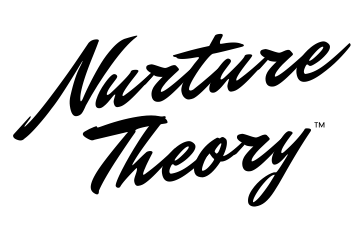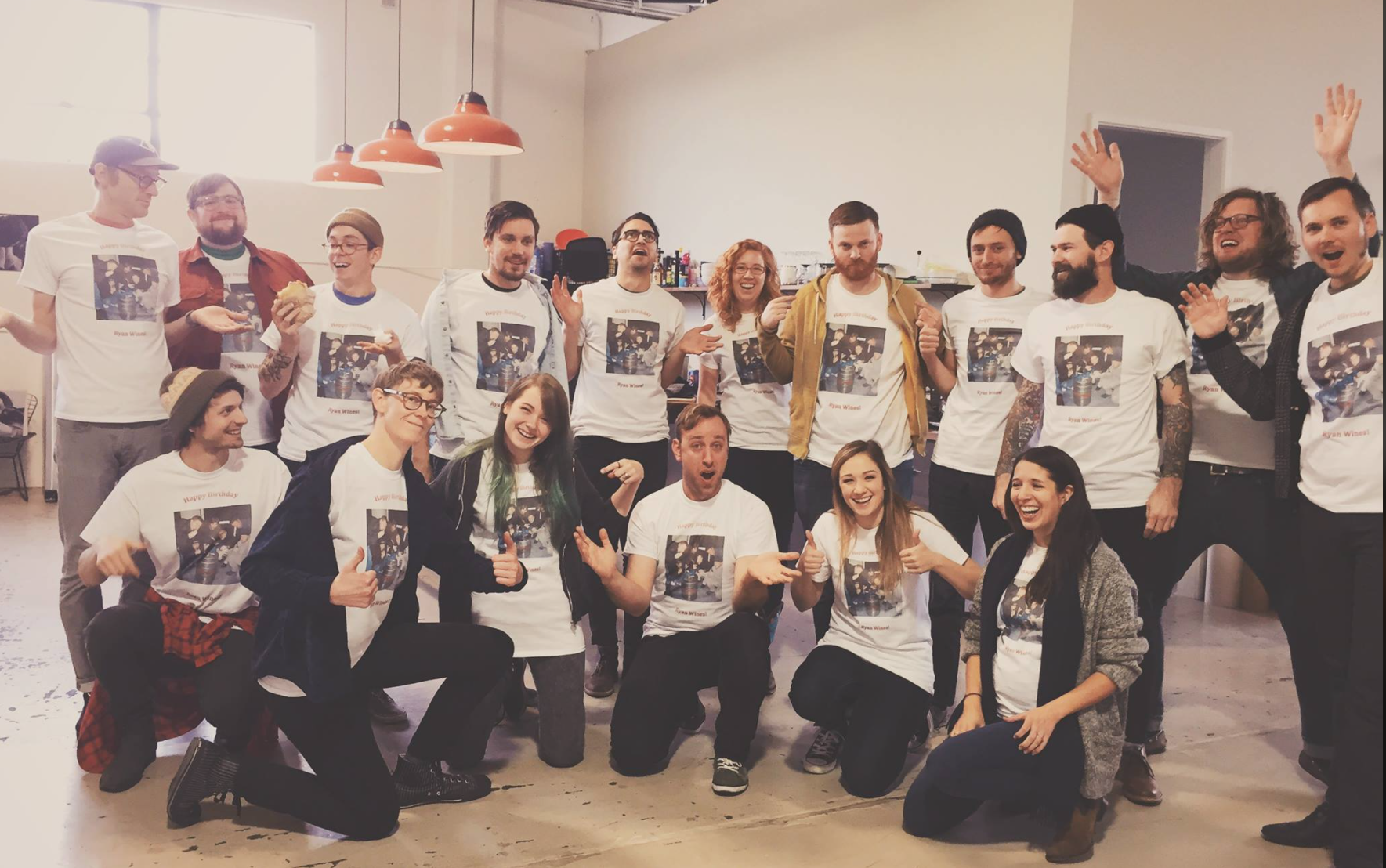As I type this, I’m on a three-day solo retreat in the Columbia River Gorge. It’s an annual ritual I’ve developed over the years to find some space, reflect, reset and redefine my habits, goals and intentions for the year ahead.
In other words, it’s how I wake-up from The Matrix – the mindless trance most of us are trapped inside of, due to a constant deluge of inputs, feeds, streams and the nonstop stimulus to our souls. Thanks to works like Digital Minimalism by Cal Newport, I’ve become acutely aware of how humans aren’t good at slowing down, being quiet and embracing the wonders of solitude. Some have even argued solitude is becoming extinct.
To be clear, taking long walks with your earbuds in isn’t solitude. Long drives while listening to music, podcasts or audiobooks isn’t solitude either. Spending a lazy Saturday afternoon alone on the couch while binge-watching Friends or soccer isn’t solitude. Enjoyable? Sure. Solitude? No way.
Solitude is best defined as “freedom from inputs from other minds.” Props to Georgetown University Professor and leading thinker on minimalism, Cal Newport, for distilling it. In his research, Newport discovered regular doses of solitude are crucial for the effective and resilient functioning of your brain.
During my annual retreat ritual, I block out all possible distractions and inputs, reflecting and thinking deeply about who I am, who I want to be, and getting clear about what really matters. I do some pen-to-paper exercises around what worked and what didn’t work during the past year. Perhaps you’ve heard of the “Start/Stop/Continue” framework? Just as important as finding some big, game-changing ideas, it’s equally important to look for opportunities to say no and simply create more open space…to think.
While on retreats I prioritize sleep, I run and hike and soak or perhaps get a massage. It’s quiet time. Alone time. Solitude. It’s a rare opportunity to slow down, look out at the horizon and think deeply.
I also try to build-in smaller, abbreviated versions of this practice during my regular days and weeks – and that’s helpful too. But it’s not the same. Three solid days away provides the ideal situation for me to go deep. Perhaps it’s not too different from Bill Gates “Think Weeks.”
We aren’t really using our brains while we’re receiving all those inputs – and we’re practically getting them 24/7. Believe it or not, you’re not getting that much smarter while doing all that reading, podcasting, and binge-watching, either. Sure, you’re learning a few things. And perhaps it’s enjoyable. But be honest with yourself – you’re not exactly thinking deeply or wrestling with any of it.
The real question to ask is, what are you doing with all of the information you’re taking in? What are all of these inputs and information doing for your life? What’s the tangible impact? Stop lying to yourself. Show me.
Furthering this modern mental epidemic is what we’re doing in the margins – those little blips of time in between things. I’m talking about virtually anytime we're waiting, in the bathroom, before and after meetings and calls, or perhaps whenever we feel that little buzz in the pocket. Our “margin time” is being mindlessly co-opted by our devices, feeds, news and social media trash. If you feel me, you’re in the matrix.
To truly flex that supercomputer between your ears, you need solitude. There’s no way around it.
Quiet. Stillness. No inputs. And most importantly, you need the quiet time and space to consider, contemplate, try-on, and wrestle with ideas, dreams, beliefs, conflicts, and those big, important life questions like “who am I?” and “what do I want to accomplish this year?”
The only way to truly experience real, deep thinking is to turn off all inputs. Period.
Franciscan monk and author, Richard Rohr, said it best, “In our busy, frenetic world, it’s easy to slip into a mode of living that looks and feels a lot like autopilot. We go through the motions, move through our calendars, and rinse and repeat each day.”
Now stop for a moment and imagine what life could look like if you actually had a plan. Consider what you could achieve if you set clear goals for your year. Think about the impact of having every hour of every day planned and accounted for, as a result of deep thought and intention.
This doesn’t mean you can’t have a lazy Saturday afternoon binge-watching Friends or watching soccer. Everyone needs a few days like that, no doubt. It just means you’re doing that with intention and it’s part of your plan, not because you mindlessly ended up on the couch because you were feeling burnt-out and saw a meme on Instagram about self care.
A famous person once told me that every day when he wakes up, he sits on the edge of his bed for a minute and contemplates “who am I and what will I accomplish today?” I have to admit, I rolled my eyes when I heard that for the first time.
Then I got a little older and a little grayer. And now I’ve more or less adopted that daily practice for myself, along with magic mornings. And guess what? It works. It all really works.
There’s many ways to do this kind of work. My mentor, Mario Schulzke, has a 600 square-foot log cabin in deep, rural Montana. Nothing fancy. No electricity. No running water. The only possible distractions are weather and bears. That’s solitude. Another mentor of mine, Chris Corbin, has an old Toyota pickup truck and pulls a simple fiberglass row boat behind it. Nothing fancy. And wherever he floats, he finds solitude, and thinks deeply about life, love, work… and bull trout.
Solitude provides the opportunity for deep thought, critical thinking and resilient brain function. Which allows for the forging of one’s own beliefs, intentions and specific plans. Followed by healthy habits and steady practice, leads to action. Which leads to impact. Which leads to meaning and feelings of joy and gratitude. Which wakes you up from the matrix.
RW






